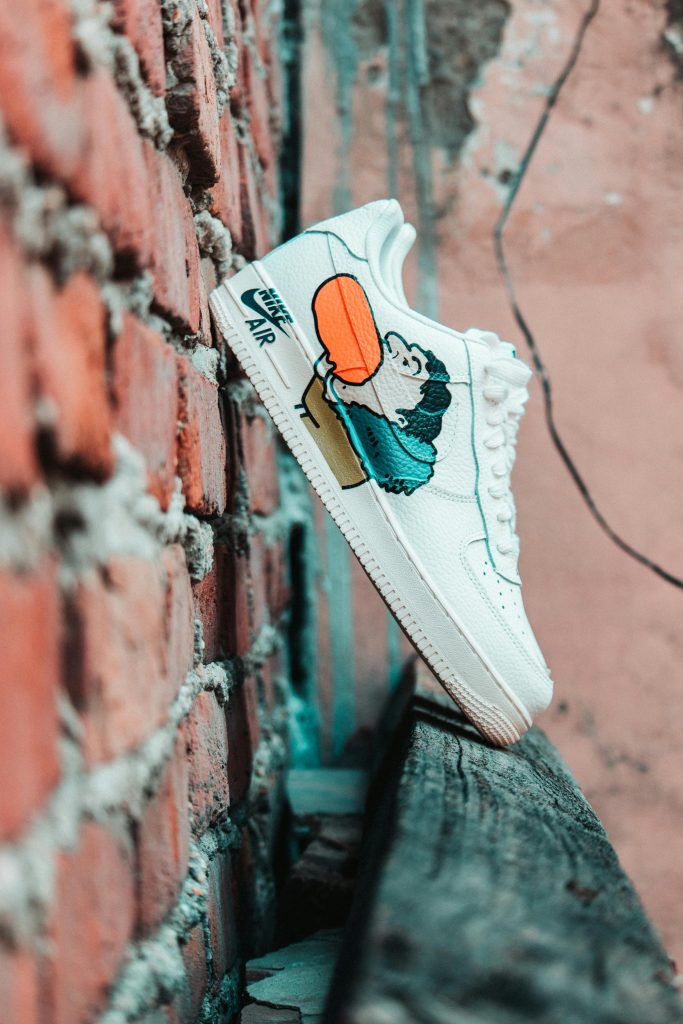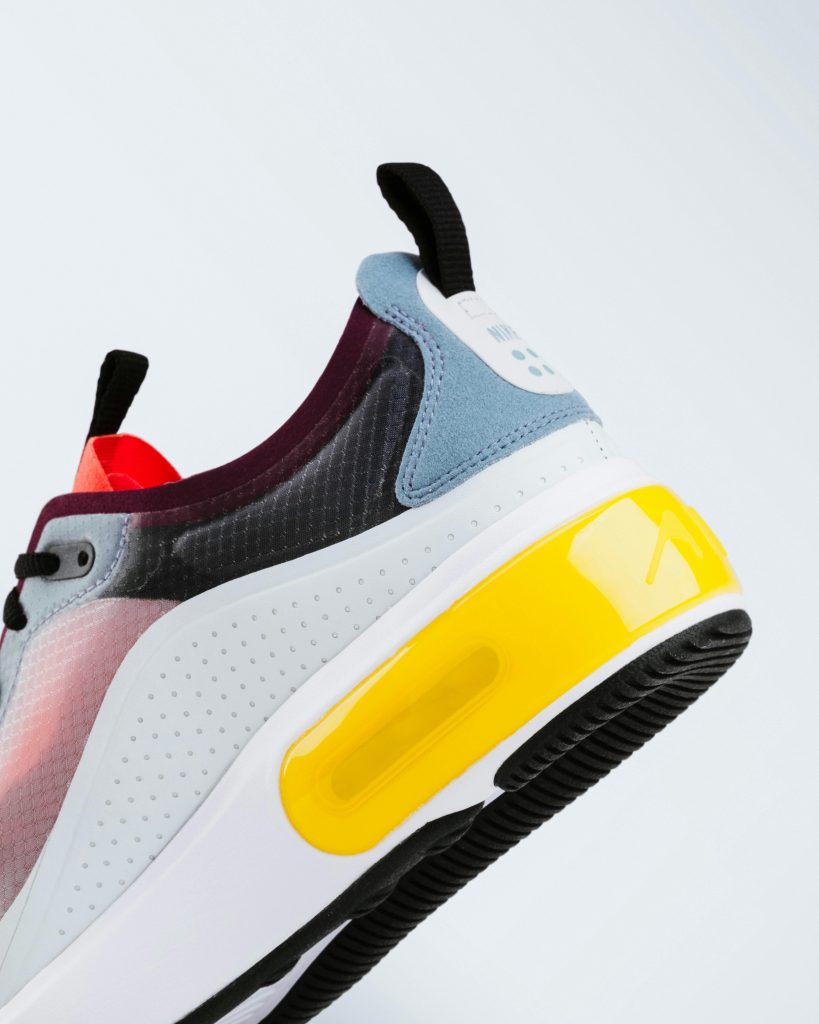Are you ready to uncover the truth about the ever-popular chunky sneakers? In this article, we will delve into the fascinating world of ergonomics and explore whether these trendy footwear options are truly as comfortable as they claim to be. Prepare to have your preconceptions challenged as we dissect the science behind chunky sneakers, revealing the surprising factors that contribute to their level of comfort. Stay tuned to discover whether this fashion statement is worth the hype or if it’s all just a clever marketing strategy. Get ready to lace up and step into a world of comfort with the ergonomic analysis of chunky sneakers!

What are chunky sneakers?
Chunky sneakers, also known as “dad sneakers” or “bulky sneakers,” are a style of footwear that features an exaggerated and bulky silhouette. These shoes are characterized by thick soles and a chunky overall appearance. They often have different layers, colors, and textures, giving them a distinct and eye-catching look. Chunky sneakers have gained popularity in recent years, becoming a fashion statement and a favored choice among sneaker enthusiasts.
Ergonomics in footwear design
Ergonomics plays a crucial role in designing comfortable shoes, including chunky sneakers. The main objective of ergonomic shoe design is to enhance the overall comfort and performance of the wearer. This involves considering factors such as foot anatomy, biomechanics, and the natural movements of the body. By prioritizing ergonomics, shoe designers aim to minimize discomfort, maximize support, and reduce the risk of foot-related issues.
In the case of chunky sneakers, ergonomics is particularly important due to their unique construction. The combination of their thick soles, multiple layers, and intricate design elements requires careful consideration to ensure optimal comfort and functionality.
The anatomy of chunky sneakers
Chunky sneakers are constructed using various design elements that contribute to their distinct appearance and comfort. The shoes typically consist of layers of materials, including leather, suede, mesh, or synthetic fabrics. These layers provide both support and flexibility to the foot.
The outsole of chunky sneakers is usually thicker and more rigid compared to traditional sneakers. This provides additional shock absorption and ensures stability while walking or running. The midsole, located between the outsole and the upper part of the shoe, is often made of cushioning materials such as foam or gel, further enhancing comfort.
Additionally, chunky sneakers often have a padded collar and tongue, providing extra cushioning around the ankle area. This padding not only enhances comfort but also offers support and reduces the likelihood of blisters or chafing.
Impact on foot health
The impact of chunky sneakers on foot health is a topic of debate among experts. Some argue that the exaggerated design and thick soles can potentially affect posture and gait. The added height and altered biomechanics may put strain on certain muscles and joints, leading to discomfort or even injuries.
However, others argue that the cushioning and support provided by chunky sneakers can actually benefit foot health. The ample cushioning in the form of thick midsoles can absorb shock and reduce impact on joints, potentially preventing conditions such as plantar fasciitis or stress fractures.
It is important to note that the impact on foot health can vary from person to person. Factors such as individual anatomy, body mechanics, and pre-existing foot conditions can influence the experience of wearing chunky sneakers. Therefore, it is crucial to prioritize individual comfort and consult a healthcare professional if any discomfort or pain arises.

Cushioning and support
Chunky sneakers often feature various types of cushioning to ensure comfort and impact absorption. The most common cushioning materials used in these shoes include foam, air pockets, and gel inserts. These cushioning technologies help distribute the forces encountered during walking or running and reduce strain on the feet and joints.
Additionally, chunky sneakers may incorporate arch support features to maintain proper foot alignment and prevent overpronation or excessive inward rolling of the foot. This support can be achieved through specially designed insoles or midsole structures that offer targeted support to the arch area.
The presence of stability features, including reinforced heel counters or extra support around the lateral sides of the shoes, can also improve balance and prevent excessive foot motion, promoting a more comfortable and secure fit.
Weight and balance
The weight of chunky sneakers can have a significant impact on comfort. While the chunky design inherently adds weight to the shoe, advancements in materials and construction techniques have allowed for the development of lighter chunky sneakers.
Lightweight materials, such as EVA foam or engineered mesh, help reduce the overall weight without compromising on cushioning or support. This lighter weight can contribute to a more comfortable wearing experience, especially during extended periods of use.
Maintaining balance and stability is another important aspect of chunky sneakers. The thickness of the outsole and midsole should be carefully calibrated to ensure a proper balance between cushioning and stability. A well-balanced shoe minimizes the risk of tripping or losing stability during movement.

Breathability and moisture-wicking
To enhance comfort, chunky sneakers often incorporate materials that prioritize breathability and moisture management. Mesh panels or perforations on the upper part of the shoe allow air circulation, preventing heat and moisture buildup. This ventilation helps keep the feet cool and dry, reducing the risk of discomfort or foot-related issues such as fungal infections.
In addition to breathability, moisture-wicking properties are essential for foot comfort. Some chunky sneakers feature moisture-wicking liners or sweat-absorbing materials that help keep the feet dry by drawing moisture away from the skin. This feature is particularly beneficial during intense activities or in hot weather conditions.
Customization and fit
Chunky sneakers often offer adjustability and customization options to cater to individual preferences and foot characteristics. These options may include adjustable straps, laces, or removable insoles. By allowing customization, wearers can fine-tune the fit of their shoes, optimizing comfort and support.
Proper fit is vital for both comfort and foot health. Ill-fitting shoes can lead to various issues such as blisters, calluses, or even misalignment of the foot. Chunky sneakers should provide adequate room in the toe box, secure support around the midfoot, and a comfortable heel fit. It is recommended to try on different sizes and consult size guides provided by manufacturers to find the best fit.
Long-term effects on foot health
Wearing chunky sneakers over an extended period may have potential implications for foot health. While the extra cushioning can offer short-term comfort and impact absorption, its long-term effects remain a topic of interest.
Some experts suggest that prolonged use of chunky sneakers, especially those with excessive cushioning or arch support features, may weaken certain foot muscles and ligaments. This can potentially lead to a decrease in natural foot strength and stability.
To maintain foot health while wearing chunky sneakers, it is recommended to incorporate regular foot exercises and strength training. Additionally, alternating between different types of shoes can help prevent over-reliance on a specific shoe’s cushioning or support features.
User experiences and opinions
Customer reviews and feedback on the comfort of chunky sneakers vary. While some individuals praise the comfort provided by the extra cushioning and unique design, others may find them less comfortable due to the bulkiness or heaviness.
Comparisons with other types of sneakers are often made, with some users preferring the comfort and support of chunky sneakers, while others may find more minimalist or lightweight options more suitable for their needs.
Ultimately, the comfort of chunky sneakers is subjective and can vary based on personal preferences, foot characteristics, and individual biomechanics. Trying on different brands and models, and paying attention to one’s own comfort and needs, can help determine if chunky sneakers are a comfortable choice for each individual.
In conclusion, chunky sneakers have become a popular trend in the world of footwear. While their unique design and exaggerated silhouette may catch the eye, the comfort and ergonomics of chunky sneakers can vary depending on individual preferences and foot characteristics. By considering factors such as cushioning, support, weight, breathability, and fit, individuals can make an informed decision regarding the level of comfort they can expect from chunky sneakers. It is essential to prioritize individual comfort, foot health, and consult professionals if any discomfort or pain arises.


